Once upon a time, in the early to mid-1960s, to be precise, a small group of musicians and songwriters decamped to Los Angeles, setting up a music community in Laurel Canyon. In this sun-dappled enclave perfumed by the smell of eucalyptus, orange blossom, jasmine and cannabis, drugs were plentiful, rents were cheap, love was free and parties never-ending.
Frank Zappa, Joni Mitchell, Graham Nash, The Byrds, The Monkees, The Beach Boys and The Mamas & The Papas were the early pioneers who settled in clapboard cottages in steep ravines hidden by jacaranda and oleander trees. Secluded but within minutes of the recording studios on Sunset Boulevard, they created their own community, competing, collaborating and inspiring each other to produce a series of groundbreaking albums.
The fusion of folk, rock, psychedelic and country music unleashed a new musical revolution, and Laurel Canyon quickly became a mecca for a new wave of innovators, singers and songwriters. Neil Young, Graham Nash, Jim Morrison, Stephen Stills, Gram Parsons, Emmylou Harris, Leonard Cohen, Carole King, James Taylor, Jackson Browne, Janis Joplin, Glenn Frey and Don Henley shared a revolving door of houses, spliffs, riffs and partners. The Beatles, The Rolling Stones, Eric Clapton, Elton John, John Mayall, Jimi Hendrix and Dusty Springfield, who were regular visitors, did likewise.
For a few fleeting few years, Laurel Canyon was a West Coast Camelot of sorts. The geyser of astonishing musical creativity that erupted in the early 1960s continued to flow down uninterrupted for almost a decade.
On a recent Thursday evening, the remains of that geyser – now a motley assortment of old geezers – trickled into Sunset Boulevard’s iconic Cinerama Dome to revisit the halcyon days of their youth. The occasion was the premiere of Echo in the Canyon, a documentary and collaboration between former Capitol Records boss Andrew Slater and Jakob Dylan, son of Bob Dylan.
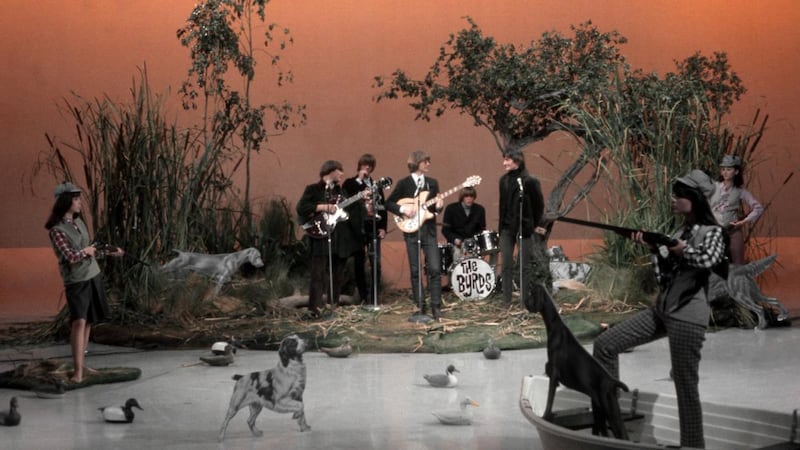
Robert Mitchum was first busted for possession of cannabis in his Laurel Canyon home in 1948
After decades of relative anonymity, Laurel Canyon is back on the big screen. It makes a cameo appearance in the Elton John biopic Rocketman, with the re-enactment of scenes from a party at Mama Cass Elliot’s house (which were filmed in England). The Canyon and its residents also feature in Quentin Tarantino’s forthcoming Once Upon a Time in Hollywood, and another documentary about the Laurel Canyon music scene is under way.
Unconventional lifestyles
Laurel Canyon has long been a haven for those who favoured unconventional lifestyles. Before it became the musical mecca of the 1960s, it was home to Hollywood stars who preferred to get their kicks off-camera. Errol Flynn, Orson Welles, Marlon Brando, James Dean, Natalie Wood, Peter Fonda, Dennis Hopper and Jack Nicholson were among those whose hedonistic lifestyles were concealed by the canyon’s lush foliage. Robert Mitchum was first busted for possession of cannabis in his Laurel Canyon home in 1948. Gary Cooper and his mistress Lupe Vélez were notorious for their loud parties and louder fights – usually triggered by the presence of Cooper’s other mistress, Clara Bow.
Slater’s love letter to the Canyon was inspired by Model Shop, Jacques Demy’s celluloid portrait of Los Angeles in the 1960s. He and Dylan watched it together during a lull in both their careers and decided to mark the 50th anniversary of The Byrds’ debut album with a concert to celebrate the original Laurel Canyon bands.
The concert became an album featuring interpretations of lesser-known Byrds, Beach Boys, Buffalo Springfield and Mamas and the Papas classics by Dylan, Beck, Fiona Apple and other contemporary songwriters. According to Slater, the idea of a documentary hadn’t yet formed – certainly not with him at the helm.
Despite his reticence, it transpired he had all the tools he needed as a first-time documentary-maker. As head of Capitol Records until 2007, he had every musician and producer of note on speed dial. A stint as a creative director in the 1980s taught him a thing or two about lighting and cameras. Specifically, he knew that he didn’t want to shoot a documentary that strung together interviews with septuagenarian music icons slumped in La-Z-Boy chairs with houseplants appearing to grow out of their heads. And, as a former music journalist, he had some experience in fashioning a complex, multi-tentacled musical tale into something with a beginning, middle and an end.
So, he and Dylan forged ahead, with Slater behind the camera, and Dylan in front. Recording studios, back yards, the Country Store and the canyon’s hills and dirt roads provide backdrops for Dylan’s road trip backwards through the canyon. One of the most engaging interviews – with Tom Petty – takes place in a second-hand guitar shop.
Irresistible
After the usual twists and turns and ups and downs of the filmmaking process, which Slater cheerfully describes as “absolute hell”, Echo in the Canyon emerged, imperfect but irresistible.
Luckily for Slater, Dylan turns out to be a natural in his new role as interviewer and Canyon tour guide. The piercing blue eyes and fine bone structure don’t hurt, but it’s the understated charisma spliced with glimmers of wry humour that makes him a compelling curator of the Canyon’s tangled musical webs.
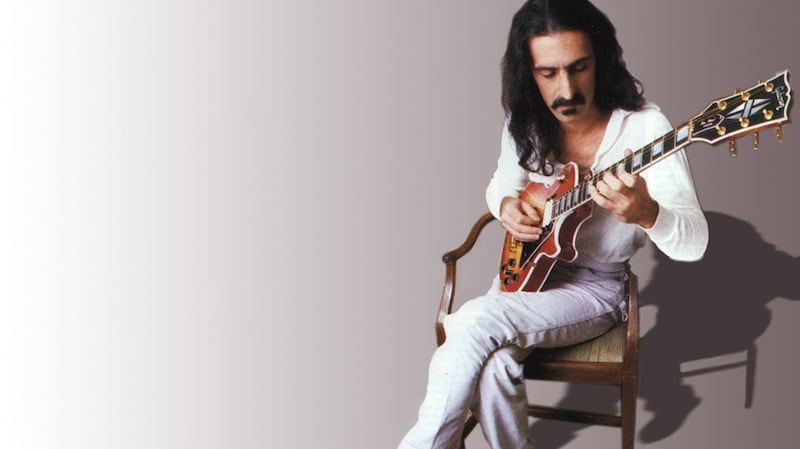
Dylan has an affinity with his subjects that is far removed from the traditional interviewer-interviewee format
When David Crosby, in mid-anecdote about the 1960s, recalls, “And then Dylan shows up,” the younger Dylan shoots back deadpan, “You’ll have to be more specific.”
Part peer, part disciple, Dylan has an affinity with his subjects that is far removed from the traditional interviewer-interviewee format. Rather, it’s two musicians talking, which makes for a refreshing format.
The end result is like eavesdropping on revelations that are by turn deeply personal, hilarious and poignant. Crosby, Michelle Phillips, Roger McGuinn and Ringo Starr make for particularly engaging raconteurs, refreshingly forthright about the cross-pollination of sex and drugs with the creative process – and its consequences.
Face to camera, Crosby dismisses claims that he left The Byrds because a song he penned about a ménage à trois was dropped from the band’s album The Notorious Byrd Brothers. “Ladies and gentlemen, I was fired because I was an asshole,” he declares.
A brief history of the musical importance of 1965-’67 can be summed up as follows: inspired by the Beatles, Roger McGuinn, frontman with the Byrds and folk-rock pioneer, changed the arrangement of Pete Seeger’s Turn! Turn! Turn! using a Rickenbacker 12-string. McGuinn’s arrangement prompted George Harrison to write If I Needed Someone. The track was included on The Beatles’ Rubber Soul album, which Brian Wilson cites as an influence on his seminal Pet Sounds album, released in May 1966. Exactly one year later The Beatles released Sgt Pepper.
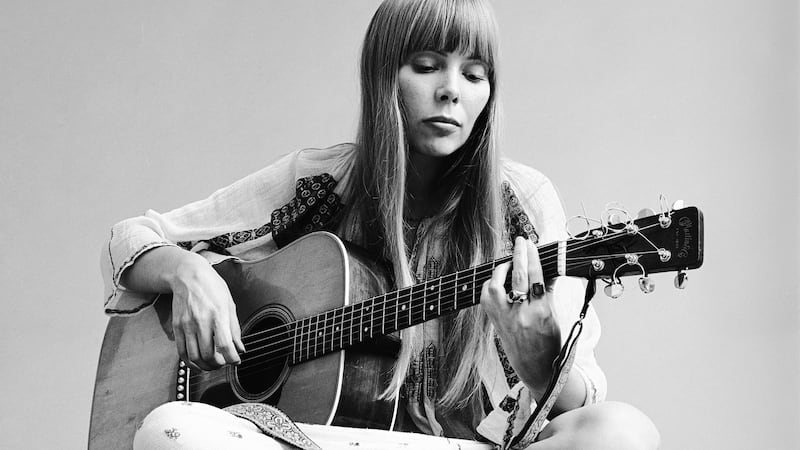
The documentary ignores the social and cultural upheaval that was taking place in America at the time
In a film bookended by The Byrds’ Turn! Turn! Turn! and Buffalo Springfield’s Expecting to Fly, Slater and Dylan mine a narrow seam of staggering musical richness.
Echo in the Canyon has received mainly positive reviews so far, but it has its flaws. One is the narrow time frame Slater chooses to focus on: between 1964 and 1967, when the Laurel Canyon music scene was in its prodigious infancy.
Cultural upheaval
This timeline and the focus on the collaborative processes among the early community of bands excludes hugely influential female artists such as Joni Mitchell, Carole King, Emmylou Harris, Rita Coolidge and Linda Ronstadt. A corollary to this gripe is that the documentary ignores the social and cultural upheaval that was taking place in America at the time.
As Slater acerbically notes in a brief conversation after the premiere, to document the entire musical history and influence of the Laurel Canyon era would require a Ken Burns-style documentary spanning a dozen DVDs. So executive choices were made. The documentary would focus on only the pioneering bands and their impact. The Byrds, The Beach Boys, The Mamas & The Papas and Buffalo Springfield made the cut. In a documentary that clocks in at a brisk 82 minutes, a lot of footage is inevitably left on the floor.
But by confining themselves to what Dylan describes as the canyon’s’ “age of innocence” years of 1964-67, Slater and Dylan nimbly sidestep its subsequent unravelling: the personal and professional betrayals, the love triangles and the explosion of egos, and the feuds and firings.
The Byrds spawned The Flying Burrito Brothers, Chris Hillman and Gram Parsons pioneering the “cosmic country” sound that would influence The Eagles. David Crosby decamped to join the founders of Buffalo Springfield and Graham Nash to form Crosby, Stills, Nash and Young. The supergroup would become as well known for its feuds, break-ups and reunions as its music.
In the closing moments of the documentary, Crosby is philosophical but characteristically forthright about the demise of the era. Bands evolve for a period when they’re new and fresh, he reasons, and then they start to devolve to the point where it ends up “with a greatest hits tour and a smoke machine”.
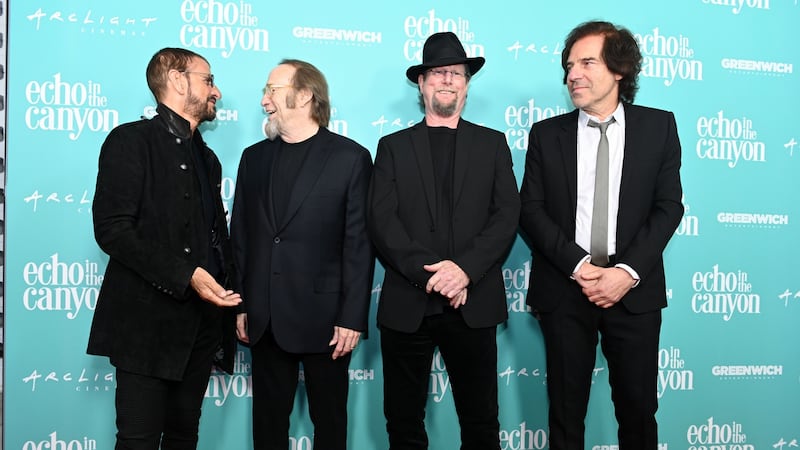
Cocaine replaced cannabis as the drug of choice and, unsurprisingly, the community splintered
Break-ups, and the acrimony that accompanies them, are an inevitable part of the creative process. Michelle Phillips was fired from The Mamas & The Papas in 1968, when her marriage to band founder John Phillips proved incompatible with an affair she carried on with Denny Doherty, the other male member of the group.
John Phillips would decamp from Laurel Canyon to a mansion in Bel-Air where his life took a dark and dissolute turn. The 1969 Manson murders ended the era of open doors when anyone could drop by at any time. And, four months later, Altamont brought the sixties to a shuddering end.
The first wave of music makers moved out as the drug dealers began to move in. Cocaine replaced cannabis as the drug of choice and, unsurprisingly, the community splintered.
Though the canyon’s golden era of community and creativity has passed, the area continues to attract innovators of the calibre of Nick Cave and Thom Yorke as temporary residents. Producer Rick Rubin lives in Houdini’s house. Lady Gaga bought Frank Zappa’s Hollywood Hills home.
“Hedonism overtook the hippie ethos,” says Michael Walker, current Laurel Canyon resident and music writer. “It wasn’t about the music anymore. The cocaine crowd of the ’70s had no compensating world view beyond having a good time.”
Canyon sounds: Albums 1965-1976
The Byrds – Mr. Tambourine Man (1965 )
The Byrds – Turn! Turn! Turn! (1965)
The Beach Boys – Pet Sounds (1966)
Frank Zappa – Freak Out! (1966)
Love – Love (1966)
Buffalo Springfield – Buffalo Springfield (1966)
The Byrds – Fifth Dimension (1966)
The Mamas & The Papas – If You Can Believe Your Eyes and Ears (1966)
The Mamas & The Papas – The Mamas & The Papas (1966)
Love – Da Capo (1966)
The Doors – The Doors (1967)
Buffalo Springfield – Buffalo Springfield Again (1967)
The Doors – Strange Days (1967)
The Mamas & The Papas – Deliver (1967)
The Byrds – Sweetheart of the Rodeo (1968)
Neil Young – Neil Young (1968)
Joni Mitchell – Song to a Seagull (1968)
The Doors – Waiting for the Sun (1968)
John Mayall – Blues from Laurel Canyon (1968)
The Mamas & The Papas – The Papas & The Mamas (1968)
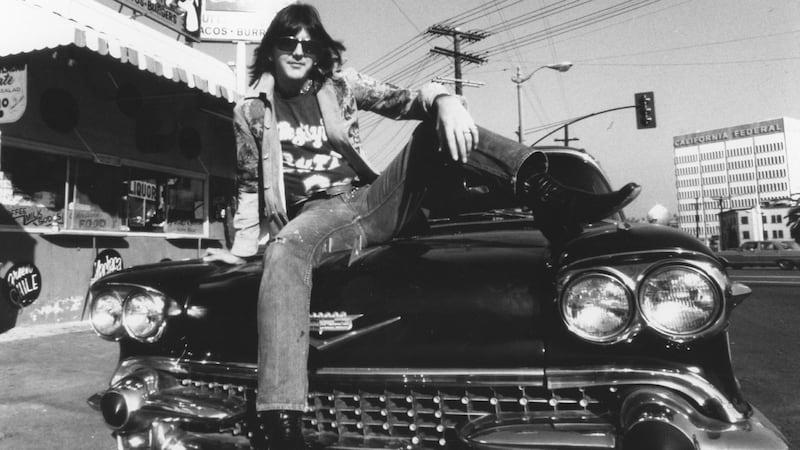
The Flying Burrito Brothers – The Gilded Palace of Sin (1969)
Joni Mitchell – Clouds (1969)
Crosby Stills and Nash – Crosby Stills and Nash (1969)
Neil Young – Everybody Knows This Is Nowhere (1969)
Joni Mitchell – Ladies of the Canyon (1970)
The Doors – Morrison Hotel (1970)
Neil Young – After the Goldrush (1970)
James Taylor – Sweet Baby James (1970)
Crosby, Stills, Nash & Young – Déjà Vu (1970)
Joni Mitchell – Blue (1971)
Rita Coolidge – Rita Coolidge (1971)
The Doors – LA Woman (1971)
Judee Sill – Judee Sill (1971)
Carole King – Tapestry (1971)
Neil Young – Harvest (1972)
John David Souther – John David Souther (1972)
Jackson Browne – Jackson Browne (1972)
Carly Simon – No Secrets (1972)
Bonnie Raitt – Takin' My Time (1973)
Little Feat – Dixie Chicken (1973)
Gram Parsons – GP (1973)
Joni Mitchell – Court and Spark (1974)
Linda Ronstadt – Heart Like a Wheel (1974)
Gram Parsons – Grevious Angel (1974)
Warren Zevon – Warren Zevon (1976 )
Jackson Browne – The Pretender (1976)
The Eagles – Hotel California (1976 )

















